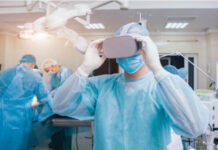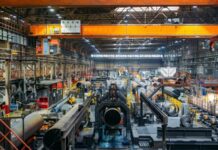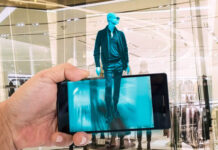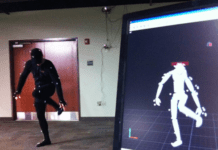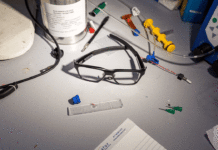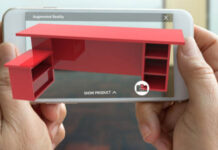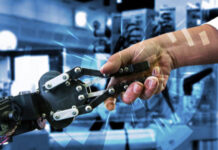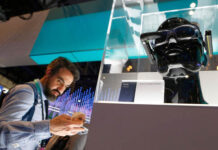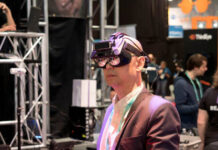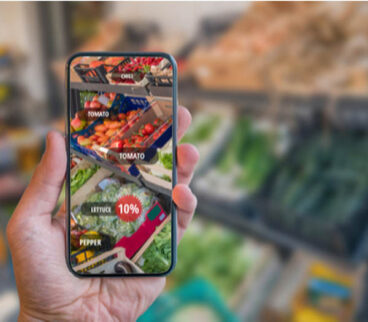
The food and beverage industry is probably one of the biggest sectors in the world. In the United States alone the industry employed over 1.4 million people over 27,000 establishments. It is estimated that it has contributed about $164 billion to the worldwide economy with sales sitting at $1.4 trillion. An industry of this size presents many risks which are why enterprises are held at the highest standards imaginable. With the increase of demand in the food industry, it is vital that this sector meets the needs of the customers and broaden their product choices without slacking in quality. AR/VR technologies have already proven how they can overcome these challenges in the food industry.
Firstly, it has shown to improve new employee training. This is a time-consuming process in any industry but cannot be over looked. Training via a VR headset eliminates the time spent on training new employees. It reduces the risks of any misinformation being taught to the trainee. It has also shown that VR training has an increased retention rate of 80%. Whether the trainee is learning how to cut pizza or how to safely slaughter an animal, they learn quicker via VR headsets which leaves them feeling more prepared in the working environment.
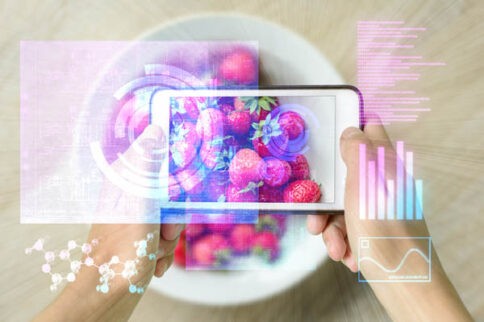
The second improvement that AR/VR technology can improve the food industry is by eliminating errors during food processing. AR can, for example, give the worker a step-by-step guide on how to prepare a meal. It can give maintenance staff a superimposed list of tasks that need to be completed. Statistics show that there were 382 recalls involving food products in 2018. AR tech will probably not bring that number down to zero but it will show significant improvement if used in the industry.
AR technology has eased the learning curve in the food industry. Many foods can be dangerous or even fatal when consumed if the correct cooking procedures have not been applied. In 2019 about 30 patrons fell ill after dining at a Michelin-star restaurant in Spain. It turned out that it was food poisoning contracted after eating the morel mushroom in a certain dish. This is a luxury food but failure to cook it properly can lead to disease and death. AR could assist hereby continuously guiding new along with veteran chefs when they are confronted with unknown ingredients.
Warehousing of food has also become a challenging aspect of the food and beverage industry. With more people ordering perishable foods online, it has increased the demand for climate-controlled warehouses in the USA. Ensuring smooth operations is a continuous struggle. Employees either have to throw away spoiled food or customers get food-related illnesses because the food wasn’t stored properly. AR won’t completely solve this problem but it can help a great deal. Order pickers with AR headsets will receive visual prompts to find the best possible storage location for specific food and they will be able to navigate warehouses efficiently.
Augmented and virtual reality may be an unlikely ally in this industry but it can show significant improvement if used correctly.

